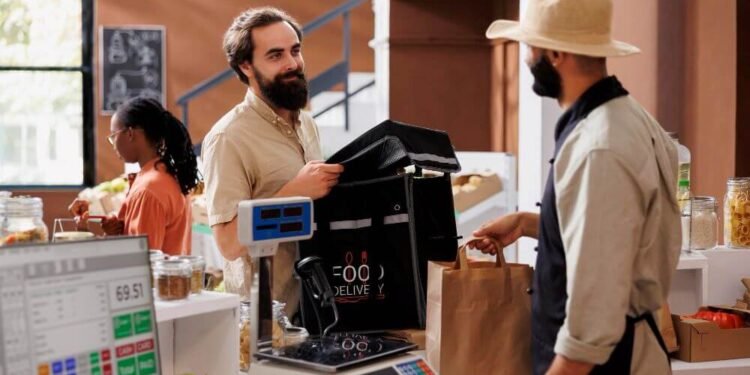Who actually likes waiting in line? Not many people, that’s for sure, and whether it’s a cafe, a shop, or even online, checkout is the moment that can make or break a customer’s experience. In the end, it’s where convenience meets trust, and where a smooth process feels like good service, and a frustrating one can undo an otherwise great impression.
When you think about it, though, today’s customers expect more than just speed – they want a checkout that’s easy, secure, and personal, and one that essentially fits into the way they already live and shop. Businesses that get this right aren’t just keeping up with expectations – they’re earning loyalty, and with that in mind, keep reading to find out more.
Speed Still Matters (But It’s Not Everything)
The faster the transaction, the happier most customers are, because no one really wants to stand in a slow queue while a card machine struggles to connect. But of course, speed on its own isn’t enough anymore, and people want checkout to feel effortless, and to work first time, every time.
That means using reliable tech, training staff well, and making sure there are enough ways to pay. A good point of sale device should process payments quickly, and handle everything from contactless cards to mobile wallets. After all, when checkout feels smooth and easy, customers don’t think about it, and that’s exactly what you want.
Choice And Flexibility
Modern consumers don’t shop the same way as each other, and their expectations at checkout are all going to be different as well – some still prefer cash, others rely entirely on digital wallets, and some like to split payments or use buy-now-pay-later schemes and so on. So the more flexible a checkout system is, the more people it’s going to service in the right way.
And that goes further than just the payment methods as well – think about the options for delivery, receipts (email or paper), and even loyalty points… In the end, a checkout that lets people choose what works for them just shows that your business understands how they want to shop, and that’s going to build trust every time.
A Personal Touch Goes A Long Way
Even the most high-tech systems benefit from a bit of human warmth, and that means something like a friendly greeting, a simple thank you, or just a nice smile – it all makes a difference.
For repeat customers, remembering names or past purchases can also be great and adds another extra layer to things. It’s small gestures like these that create familiarity, which is one of the best things for creating customer loyalty. So when you’re choosing technology, make sure it enhances that rather than replaces it.
Security And Transparency
Trust is basically everything when it comes to your checkout – customers expect their information to be handled safely and they’re going to want to see that your systems are reliable, which is why showing them visible security measures, like chip and PIN verification, SSL certificates for online stores, or clear refund policies really do go a long way towards building confidence.
Equally important is transparency. People appreciate knowing what’s happened and how their data is used, what’s included in their total, and what’s going to happen next… and no one likes hidden fees or confusing screens – just think of how you like to shop and you’ll see how true that is. So having a simple, honest process earns more repeat business than anything else, and people really will appreciate it. They might even tell others about it, and that’s great for business.
Seamless Online And Offline Experiences
For a lot of businesses, the line between in-person and online shopping can be quite blurry. After all, customers might decide to start browsing instore, and then finish their purchase online, for example, or they might buy online and then collect in person, or any combination of things. Whatever they choose, it’s got to be consistent and connected, otherwise they’re going to wonder if they’re doing the right thing.
An integrated checkout is the best solution to this potential problem, and that essentially means all your POS devices, online systems, and stock systems talk to each other, so all transactions, no matter what type, can happen easily.
Final Thoughts
Although you might think of checkout as being the final step in the customer journey, it’s still an important one – perhaps the most important one of all. If it’s slow, awkward, complicated, or people just don’t trust it, you’re going to have problems, but if it all works together and helps rather than hinders, it’s going to boost your business without you even having to think about it.





